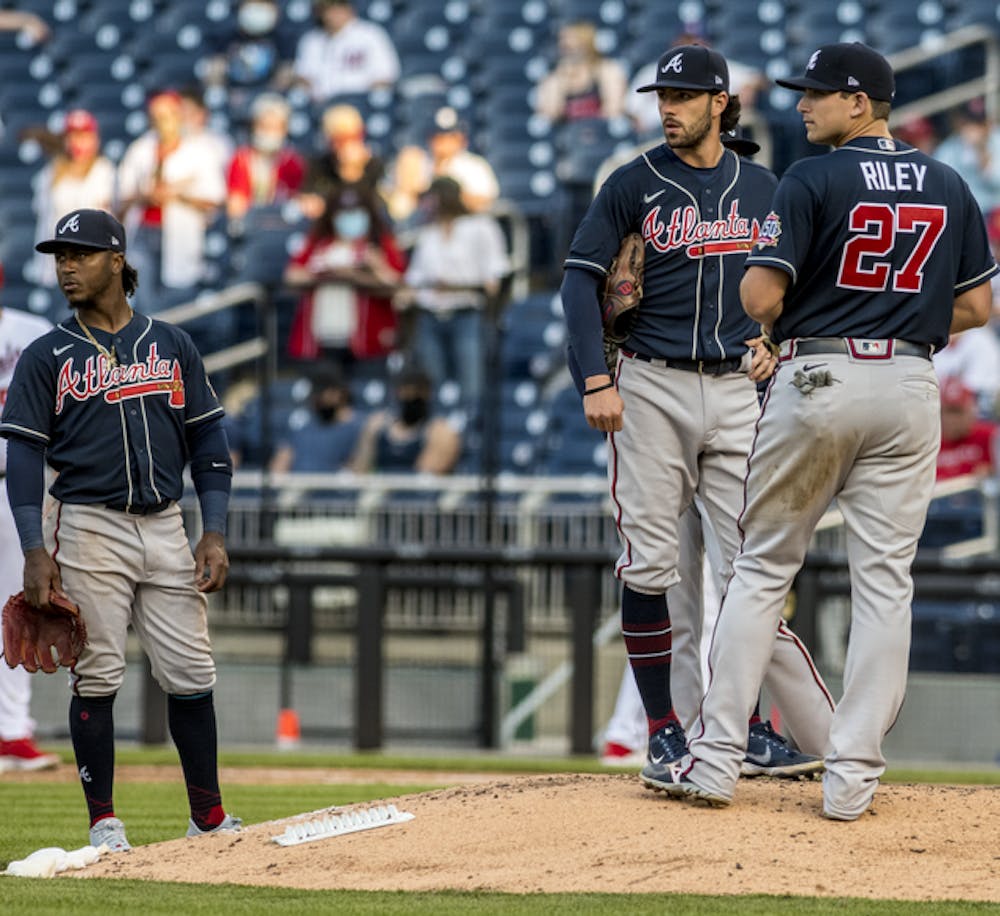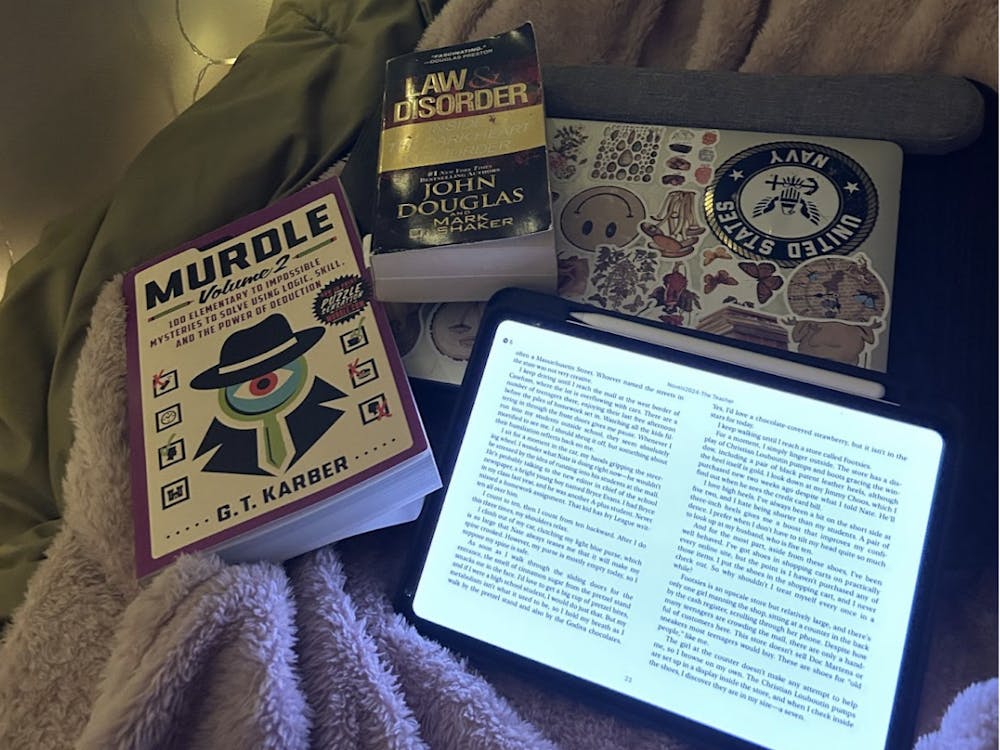
After the Atlanta Braves lost star outfielder Ronald Acuña Jr., one of the 10 best players in Major League Baseball, experts and fans alike were writing them off, even considering the weakness of the National League East.
6.5 wins above replacement, 47 home runs, 103 runs batted in: That’s the staggering production extrapolated across a full season that the Braves lost when Acuña went down for the season with a torn ACL. Had the Braves stayed the course, it’s very possible they might have missed the playoffs entirely and would not have been in the World Series against the Houston Astros.
But the Braves didn’t stay the course. They wisely employed a quietly tried-and-true yet under-the-radar strategy: Complement the core with well-selected platoon-role players who are available at low cost but produce mightily. It worked, and they just won the World Series.
We’ve seen similar but solidly successful versions of this approach before with the last two World Series champions, the Los Angeles Dodgers and the Washington Nationals. For the Dodgers, that meant complementing stars Cody Bellinger, Corey Seager and Justin Turner with platoons Matt Beaty, A.J. Pollock and Joc Pederson.
For the Nationals, that meant complementing stars Anthony Rendon and Juan Soto with a first-base unit combining Ryan Zimmerman and Howie Kendrick.
This approach has been used before, but the Braves took this a step further by acquiring four outfielders at the trade deadline: Jorge Soler from the Kansas City Royals; Eddie Rosario from the Cleveland Guardians; Joc Pederson from the Chicago Cubs; and Adam Duvall from the Miami Marlins to form an outfield timeshare to complement core players like Ozzie Albies and Freddie Freeman.
Prior to joining Atlanta, Soler hit an abysmal 0.192 with the Royals. Pederson hit just 0.230 with an appallingly high 25.7% strikeout percentage. Rosario and Duvall weren’t terrible, but they were fringe starters and nothing to write home about prior to being acquired by Atlanta.
But the Braves decided to acquire the outfielders with the goal of starting at most two to three of them at any given time, with the idea of playing them to their strengths. Of his 38 home runs, Duvall hit a home run in eight out of every 100 plate appearances against right-handed pitchers but just four out of every 100 plate appearances against left-handed pitchers.
Even more significantly, Pederson hits 47 points better against right-handed pitching than left-handed pitching; Atlanta let him crush right-handed pitching while avoiding lefties. For a pull hitter who relies on power, that’s the difference between being a starter and a highly replaceable player.
To put it bluntly, Atlanta’s approach of using these players in more carefully chosen roles has been working. This season before coming to Atlanta, Soler, Rosario, Pederson and Duvall combined to be in effect three below-average starters who batted 0.226 and hit 25 homeruns apiece on the season. However, in Atlanta, the group effectively produced as if there were three starters who hit 0.251 on the season with 36 home runs each on the season, adjusted for playing time.
That batting average is neither good nor awful, but effectively gaining three starters who hit 36 home runs apiece is elite production. More notably, Atlanta effectively acquired three starters and improved these starters’ performance by 25 points and 11 home runs each over the course of a season. That is unheard of and marks monumental improvement, especially considering that the team did not move any notable prospects at the deadline.
The Braves’ record reflects this extreme improvement. Before acquiring Soler, Rosario, Pederson and Duvall, the Braves were below 500 in a pitifully terrible division. They finished the season at 88-73, catching fire and going 44-22 and winning an elite 67% of their games with their newly revamped outfield after the trade deadline. This momentum carried them to their first World Series championship in 26 years.
The Braves have provided a phenomenal case study on asset management and have shown the power of acquiring low-valued assets and deploying them in ways that deliver massively improved value. It’s a championship-winning strategy that has been integral to the Braves’ victory and will be a fixture throughout baseball for years to come.





